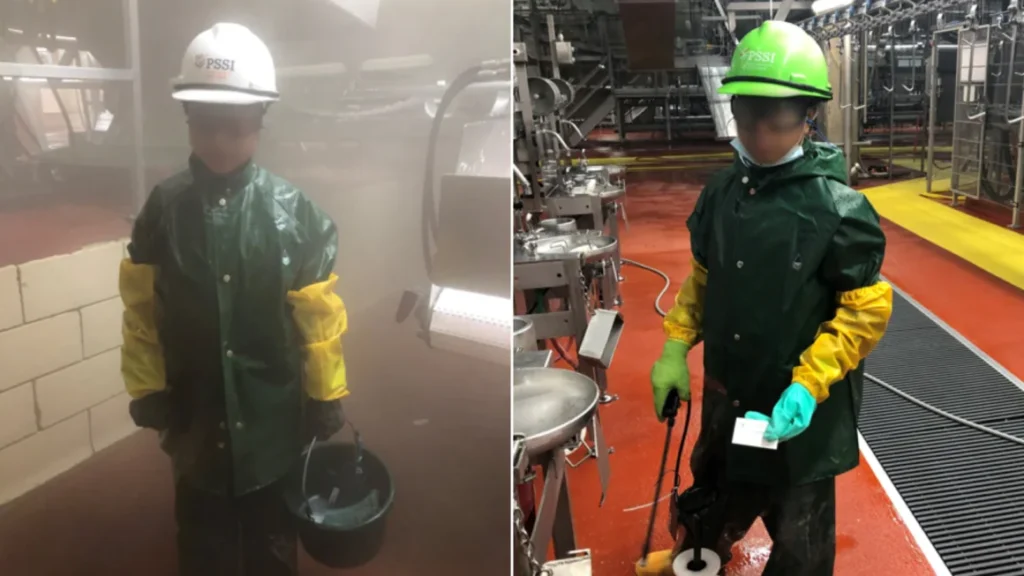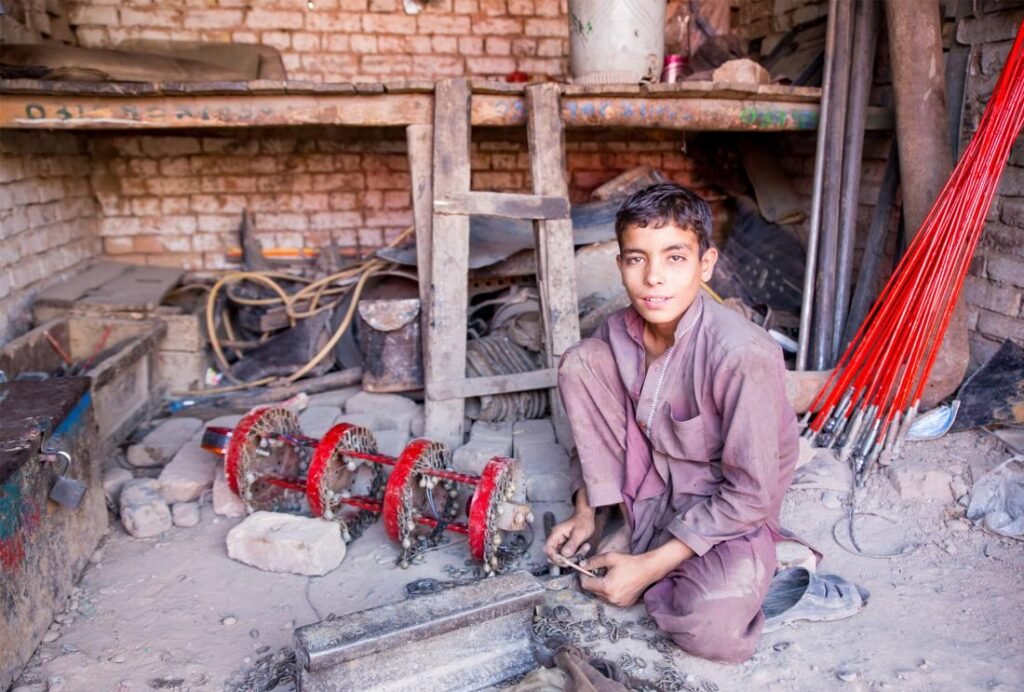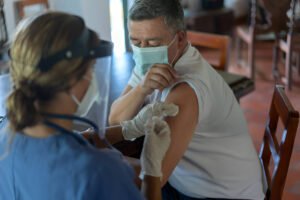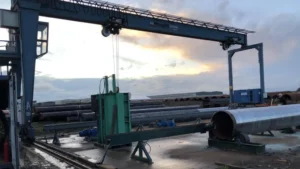Child labor investigations across the United States are facing serious challenges due to resource constraints, understaffing, and outdated systems, according to a recent audit by the U.S. Department of Labor’s Office of Inspector General (OIG).
The report found that while child labor violations nearly doubled from 3,748 in 2019 to 7,624 in 2023, the Wage and Hour Division (WHD) lacks sufficient staff and tools to keep up with the rising cases. This growing enforcement gap endangers thousands of minors working in hazardous or illegal conditions.

You can also like: UK Public Sector Workkplace Deaths causes and preventions
Child labor law enforcement is one of the most essential yet challenging pillars of protecting vulnerable children from exploitation in workplaces across the globe.
Despite the existence of strict legal frameworks in many countries, millions of minors continue to be employed in dangerous and illegal conditions due to weak implementation, resource shortages, and systemic neglect.
Effective child labor law enforcement requires more than just written statutes—it demands a coordinated effort involving government agencies, labor inspectors, employers, educators, and civil society organizations.
In the United States, for example, the Department of Labor’s Wage and Hour Division (WHD) is responsible for monitoring compliance with the Fair Labor Standards Act (FLSA), which outlines strict regulations on the employment of minors.
However, the Office of Inspector General (OIG) recently revealed that the agency faces significant resource constraints, outdated data systems, and investigator shortages that make consistent enforcement difficult. These same challenges echo globally, where labor ministries in developing nations often struggle with insufficient staffing and limited budgets to inspect vast industrial sectors.
The gap between rising reports of abuse and the capacity to investigate them is more than a procedural failure—it’s a threat to vulnerable children across the nation.
1. Staffing Shortfalls Undermine Oversight
The audit found that WHD lacks sufficient investigative staff to meet the growing volume of complaints. safetyandhealthmagazine.com Meanwhile, reports suggest that the division lost 16 investigators since late 2024, worsening the backlog of cases. Bloomberg Law When there aren’t enough investigators, child labor investigations slow or go unassigned entirely.
2. Technology and System Deficiencies
In addition to personnel restrictions, WHD is hindered by outdated information systems and insufficient investment in digital tools that could automate routine tasks and improve efficiency. safetyandhealthmagazine.com Without modern case management systems, investigators spend more time on administrative duties and less on field investigations.
3. Communication Barriers with Workers
Many child labor cases rely on testimony from children or families who may fear retaliation, speak non-standard dialects, or distrust authorities. The audit noted that communication barriers create delays or dead ends in investigations. safetyandhealthmagazine.com Without culturally competent and trusted outreach mechanisms, investigators struggle to gather reliable evidence.
4. Legal Complexity & State vs Federal Law Conflicts

Differences between state and federal child labor statutes lead to confusion over jurisdiction, which slows enforcement. The audit highlighted discrepancies that complicate case assignments and weaken coordination. safetyandhealthmagazine.com These legal overlaps allow some exploiters to exploit loopholes or delay enforcement.
5. Rising Volume of Violations Stresses Capacity
As more reports of child labor surface, WHD’s workload ballooned. The sheer increase in complaints means even fully staffed units would struggle. The OIG notes that resource constraints are magnified by increased demand for investigations. safetyandhealthmagazine.com
6. Prioritization and Risk Assessment Gaps
With limited resources, WHD must prioritize cases. But the audit suggests that a lack of risk-based triage frameworks means poor targeting—some high-risk cases may receive late or no attention. safetyandhealthmagazine.com Stronger prioritization protocols and data analytics could improve impact.
7. Accountability and Follow-Up Weaknesses
Even when investigations conclude, enforcing penalties, follow-ups, or remediation may lag. The OIG’s recommendation dashboard shows multiple outstanding recommendations pending execution. oig.dol.gov Without follow-through, enforcement becomes symbolic rather than effective.
✅ Consequences & Call for Action
These resource challenges don’t just slow investigations—they mean children remain unprotected, repeated violations continue unchecked, and deterrence weakens. To close this enforcement gap, WHD and Congress must:
- Increase funding for hiring and retaining investigators
- Modernize case management and investigation tools
- Provide training on communication, languages, and cultural sensitivity
- Harmonize state and federal laws for clearer jurisdiction
- Use risk-based frameworks to prioritize high-impact cases
- Ensure accountability in implementing OIG recommendations
If these steps aren’t taken, child labor violations may continue to rise unchecked, undermining legal protections and basic human rights.
Role of OSHAssociation in Promoting Awareness and Safety
Organizations like the Occupational Safety and Health Association (OSHAssociation.org) play a crucial role in strengthening workplace safety standards and protecting vulnerable workers, including minors.
Through its globally recognized training and certification programs, OSHAssociation equips employers, managers, and safety professionals with the knowledge and tools to identify, report, and prevent labor violations effectively.
By promoting responsible employment practices and compliance with international safety laws, OSHAssociation continues to support global efforts to eliminate child labor and build safer, more ethical workplaces for all.






